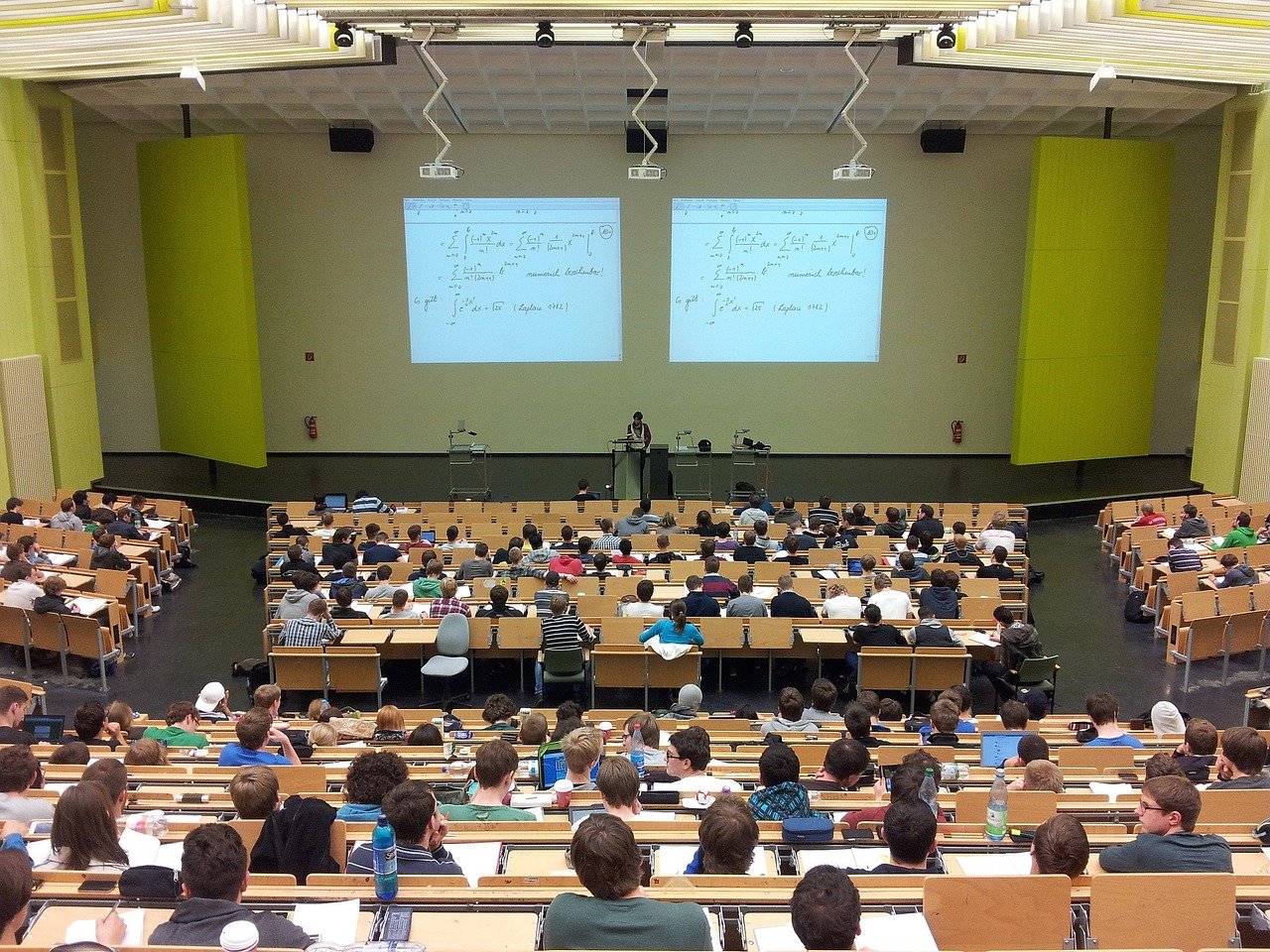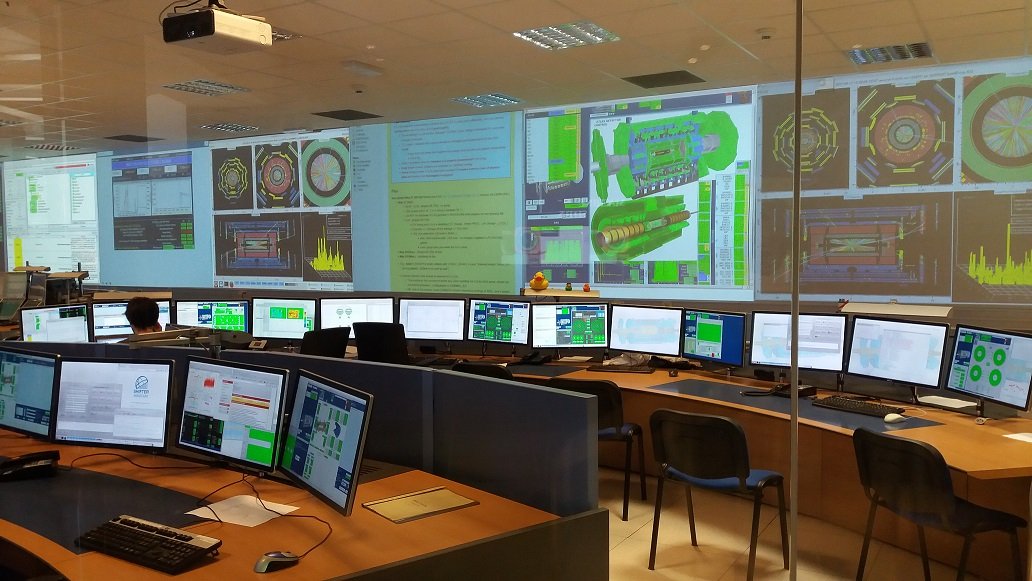Architectural light shows are a captivating form of visual art that involves illuminating buildings, structures, and landmarks with dynamic lighting designs. These shows transform the appearance of architectural spaces, creating breathtaking displays that highlight the beauty and grandeur of the structures.
Architectural light shows are typically achieved through the use of powerful lighting fixtures, such as LED lights, spotlights, floodlights, and color-changing fixtures. These lights are strategically placed to enhance the architectural features, contours, and details of the buildings. By manipulating the intensity, color, and movement of the lights, designers can create stunning visual effects that bring the structures to life.
One of the key elements of architectural light shows is the programming and control systems. Lighting designers use specialized software to choreograph and synchronize the lights, creating intricate sequences and dynamic patterns. These sequences can be set to music or other audio cues, further enhancing the immersive experience.
In addition to traditional lighting fixtures, architectural light shows often incorporate other elements such as video projections, lasers, and 3D mapping technology. Video projections allow for the display of complex images, animations, and videos directly onto the building’s surface. Laser beams can be used to create dramatic effects, such as aerial patterns or sweeping beams of light. 3D mapping technology enables precise projection mapping onto the surfaces of buildings, giving the illusion of movement and transforming the structure into a dynamic canvas.
Architectural light shows can be temporary installations or permanent fixtures, depending on the context and purpose. They are commonly seen in major cities, where iconic buildings and landmarks become the focal points for dazzling displays during special events, festivals, or holidays. These light shows attract locals and tourists alike, drawing attention to the architectural heritage and cultural significance of the structures.
Aside from their aesthetic appeal, architectural light shows can serve various purposes. They can be used for branding and promotional purposes, showcasing a company’s logo or message on a building façade. They can also be employed to commemorate special occasions, raise awareness for a cause, or create a sense of unity and celebration within a community.
Architectural light shows have gained significant popularity due to their ability to transform urban landscapes, create a sense of wonder, and provide a unique visual experience. They offer a fusion of art, technology, and architecture, bringing buildings to life and inspiring creativity in the field of lighting design. With ongoing advancements in lighting technology and the growing demand for immersive experiences, architectural light shows continue to evolve, pushing the boundaries of what is possible in the world of visual spectacle.







